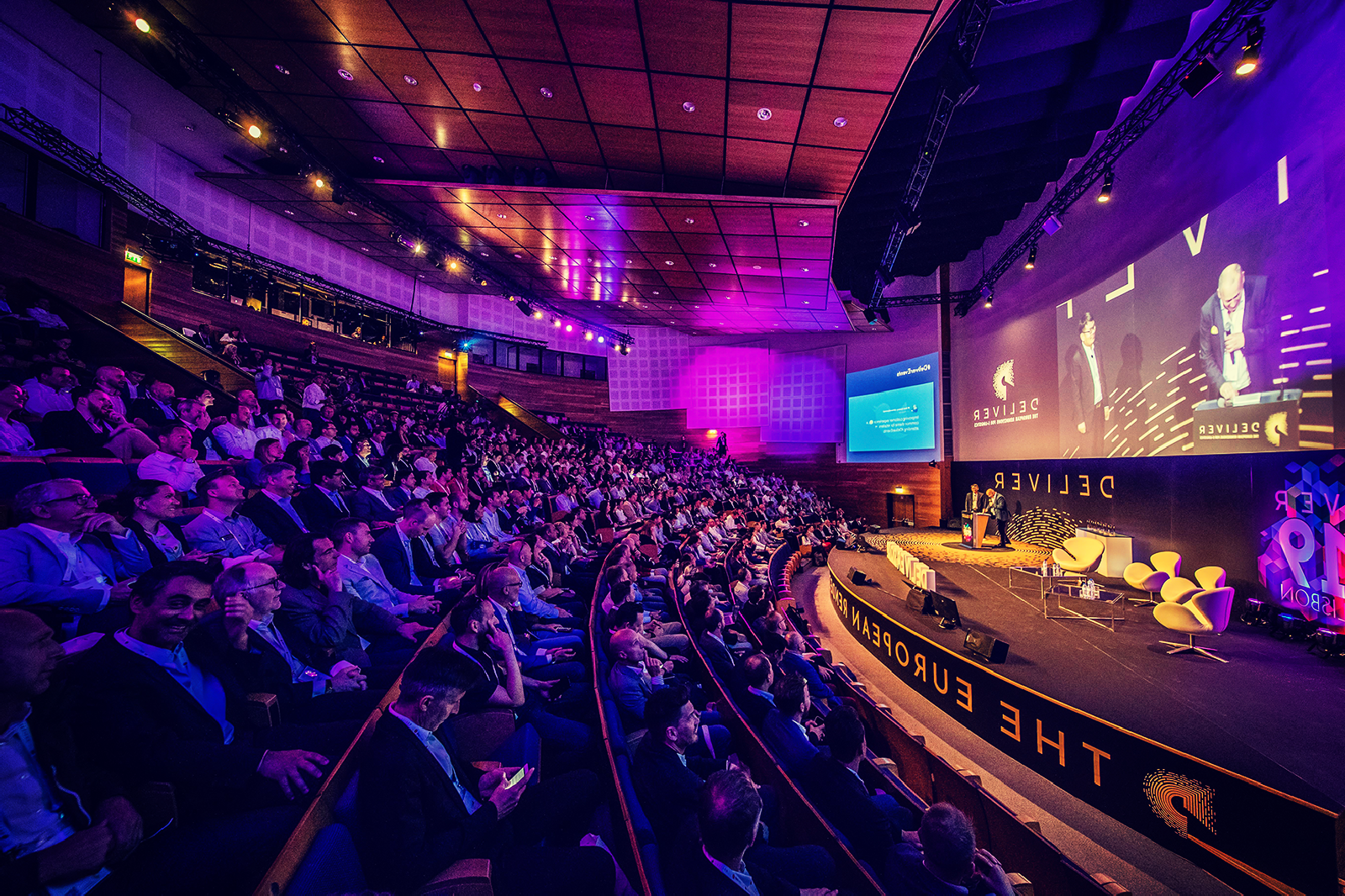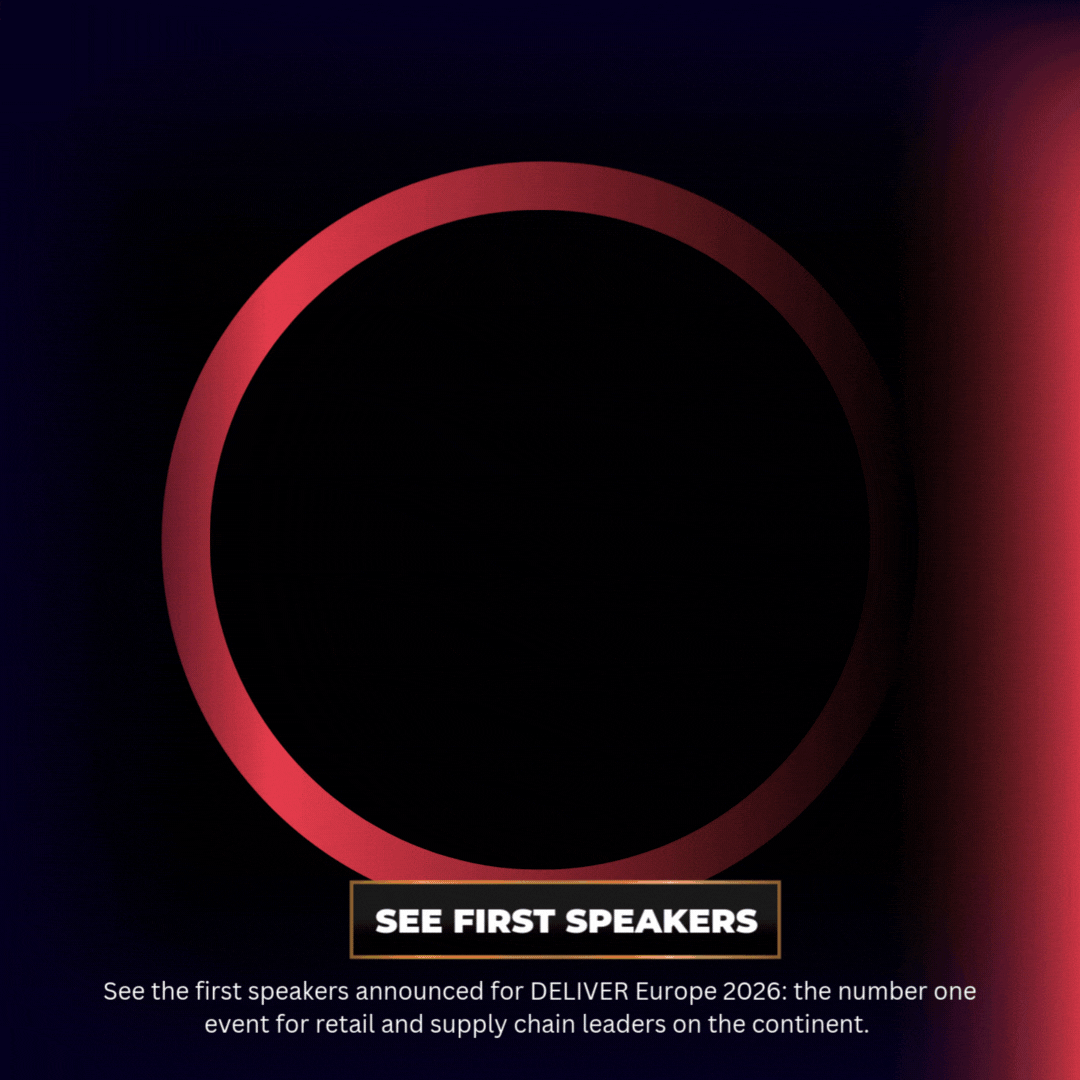Returns to Revenue: How Recommerce & Repair Create New Value Streams
The New Mindset: Returns as a Revenue Stream
For years, returns were considered the "dark corner" of retail logistics—costly, complicated, and avoided. But Stuart Greenfield, Sales Director at Advanced Supply Chain, has a radically different perspective. At DELIVER Europe 2025, he shared how returns can become a core revenue stream when powered by recommerce, repair services, and the right technology infrastructure.
Advanced Supply Chain, a specialist 3PL provider within the Reconomy Group, offers end-to-end fulfilment solutions, with a key focus on returns optimisation. With mounting pressures around cost, sustainability, and regulation, Stuart outlined why it’s no longer optional to innovate around returns—it’s essential.
Complex Supply Chains, Fragmented Returns
As eCommerce grows, supply chains become increasingly complex. Retailers must manage returns from direct-to-consumer (DTC), B2C, and marketplace channels—all at once. Stock is fragmented, and without proper systems, returns can pile up in distribution centres, eroding margins and slowing resale.
Cost is a growing concern. From carriers to in-warehouse processing, inefficient returns handling inflates operational expenses. Brands operating with lean inventory need quick turnarounds—and faster returns reintegration can unlock critical cash flow.
Recommerce & Repair: Reclaiming Value and Reducing Waste
Greenfield’s message was clear: "Returns are assets—not liabilities."
His team uses in-house systems to triage items immediately upon arrival. These systems evaluate whether items can be returned to full-price inventory, repaired for resale as "nearly new," or routed to recommerce partners or recycling. This approach drastically reduces processing time—by up to 60%—and lowers the cost per return by as much as 50%.
Key strategies include:
-
Grading and quality control to determine resale viability (Grade A, B, or C)
-
Ozone cleaning, PAT testing, repackaging, and minor repairs
-
Digital touchpoints for fast data capture and routing
-
Real-time triage decisions powered by AI-based logic
Why Tech Is the Enabler
Returns optimisation hinges on data. Greenfield stressed the importance of capturing information at every point—from SKU-level defects to customer return reasons. Advanced’s “Vector Bounce” platform feeds data back to manufacturers and compliance teams, informing design tweaks and improving sustainability reporting across regions.
By integrating returns with WMS and compliance platforms like Valpak, retailers can now manage EPR obligations and digital product passports far more effectively—without relying on disconnected spreadsheets or manual oversight.
Sustainability in Action: A Circular Economy at Scale
The numbers are staggering. In the EU alone, 7.5 million tonnes of textiles go to landfill each year, and only 30% are recovered. Greenfield revealed how reuse, repair, and recommerce can drastically reduce this footprint—and that 71% of millennial shoppers prefer brands with clear sustainability commitments.
Case in point: by reboxing returned electronics into neutral packaging, Advanced helped clients recover 70–80% of original retail value—while previously, those items were sold in bulk for scrap.
The company also practices component cannibalisation: salvaging wheels from returned lawnmowers or repurposing undamaged cushions to recreate complete sets. It’s not just smart; it’s profitable and planet-positive.
Regulatory Shifts Are Accelerating the Shift
European regulation is tightening. From EPR compliance to textile recovery mandates, brands need to adapt fast. With 16 major legislative updates underway, Greenfield urged brands to stop delaying and begin laying the digital and operational groundwork now.
Advanced Supply Chain and sister company Rebound Returns offer a global network of local returns hubs, allowing customers to receive fast refunds while retailers consolidate items before sending them back—saving costs and emissions.
The Future Is Branded Recommerce
Greenfield highlighted partners like Trove, who power branded recommerce storefronts. These aren't third-party marketplaces—they look and feel just like a retailer's primary website. Consumers can trade in used items and shop "new" and "nearly new" side by side, with no negative impact on brand perception. In fact, brands are seeing 30% conversion uplift among new customers introduced via recommerce.
Final Thoughts: Logistics Meets Innovation
Returns are no longer just a backroom problem. With recommerce, repair, and modern tech platforms, they can be a powerful lever for profit, sustainability, and customer loyalty.
Greenfield’s session closed with a compelling challenge: if you're still dumping pallets of salvageable goods or treating returns as an afterthought, you're leaving money—and brand equity—on the table.
The time to act is now.



